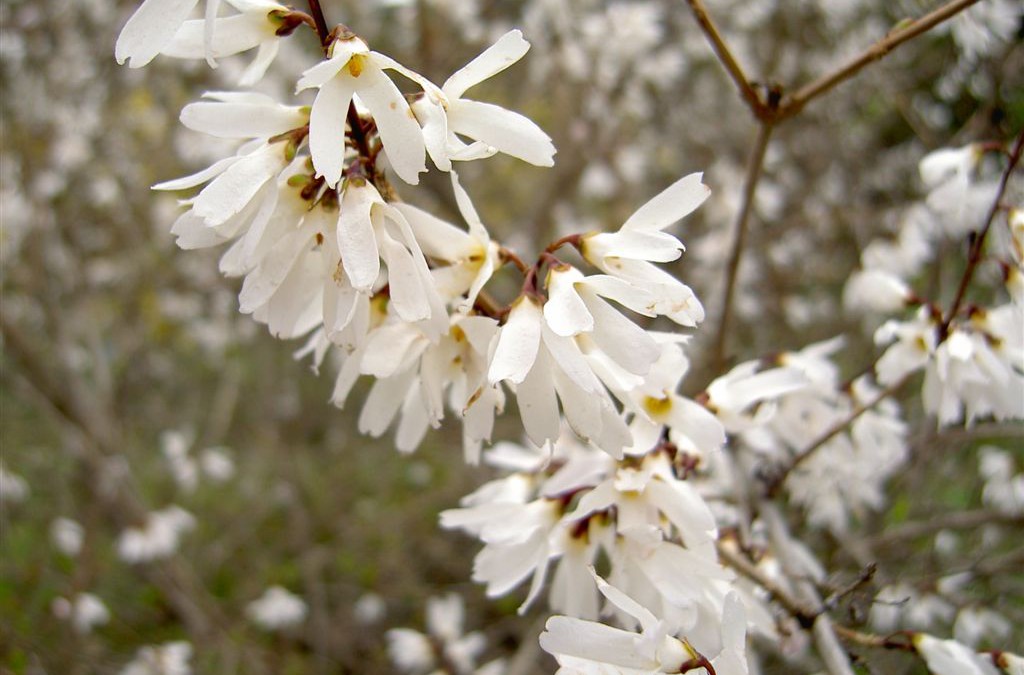Back from Paris… While sorting out a couple of things, I came up with this press clipping of an article published in the Wall Street Journal about Christian Louboutin’s garden where this quote originates. It is rather the point of view of the landscape architect Louis Benech, his partner, which is reflected here. A year working with him as well as my personal experiences have considerably shaped my vision about certain plants. Here are a couple of chosen examples.
Let us start with thuja, since everybody knows it. One immediately thinks about the boring monospecific hedges covering entire neighborhoods or, for certain among us, the acrid smell it produces when clipping it. Bad romance is almost complete. On the contrary, when left unclipped – and given a sufficient amount of space – it develops into a fantastic conical-shaped specimen. I can perfectly recall my visit at the Pinetum of the RHS garden Wisley where I encountered one such good surprise.
Forsythia is another example. Its suburban aspect, its banality, its color that certain judge brutal, everything is there for people of « good taste » to dismiss it, especially when – horror – it is clipped in a ball shape. Furthermore, this clipping method considerably affects its flowering capacity, whereas it is its main interest. It belongs to this group of shrubs, which offer a week of bloom and then a boring foliage that we have to endure for the rest of the season, like Syringa vulgaris, mock orange or flowering cherry trees. We are prone to forgive to forsythia, its bloom is really welcome at this time of the year and bringing a bunch of sprigs home is so cheerful. Regarding clipping, it should be clipped just after flowering by removing one third of the oldest branches, since it flowers on the shoots of the previous year. It should also be placed in a position where it can be forgotten for the rest of the season. All of this is true for his cousin Abeliophyllum distichum with white flowers, respectively pink for A. d. ‘Roseum Group’.
There are also examples among lesser-known plants. Morus alba ‘Pendula’ looks like a fugitive from Disneyland. However, with an appropriate formative clipping, it forms a splendid columnar specimen. It could be used in a double avenue, like topiary but without the disadvantage of clipping. What about small conifers? Is there something possibly more unfashionable? Seen at Ralph’s in Paris – so chic – pairs of Chamaecyparis pisifera ‘Filifera Aurea’ planted in beautiful high planters, which bring the structure of the foliage closer to the eye. Moreover, the yellow color is ideal for bringing a hint of cheerfulness in a courtyard or a rather dark spot.
Then, what about those “few ugly plants”? There are usually man-made cultivars, like Thuja plicata ‘Atrovirens’ selected to reduce the amount of clipping. It will remain unfortunately always prostrate.


Recent Comments